Instagram, founded in 2010, has evolved from a simple photo-sharing platform to a social media network. It boasts over one billion active users, making it a hub for discovering trends, connecting with friends, and engaging with brands and influencers. As users navigate this vibrant ecosystem, understanding the privacy options is crucial. By default, Instagram accounts are public, meaning anyone can view the user’s profile, posts, and stories.
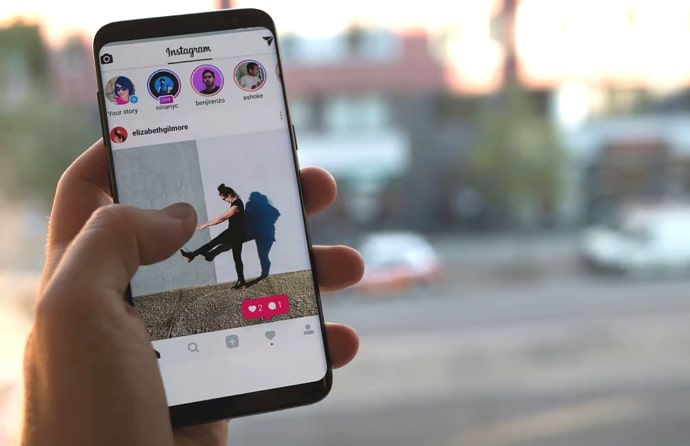
Public accounts offer a wider reach, making them suitable for individuals/businesses aiming to engage with a broad audience. However, this also means content shared on public accounts can be accessed by anyone, including those who don’t follow the account.
Instagram also offers a private account. Only approved followers can view the user’s content when an account is set to private. Private accounts provide greater control, ensuring personal content is only accessible to a select group. This is particularly appealing to users who value an intimate social circle.
Switching to a private account on Instagram adds a layer of privacy, but it also has limitations. While it safeguards content from being publicly visible, it also restricts its reach. Individuals who want to follow a private account must send a request, and the account holder can accept or reject it.
Navigating the balance between a public and private Instagram account is a personal decision depending on goals, preferences, and comfort level with sharing content. Public accounts offer a wider audience, brand building, or engaging with a larger community. Private accounts prioritize privacy and limit access to a select group of trusted followers.
Today’s blog will discuss whether someone can see your Instagram story despite not following you.
Can Someone See Your Instagram Story If They Don’t Follow You?
If you’re a new user on Instagram, it’s natural to wonder if someone can see your story without following you. The answer to it depends. Factors like your account’s privacy settings, close friends list, and indirect sharing largely influence your story’s visibility.
Read on until this blog’s end to gain a clear answer to your question.
Understanding Instagram story privacy
Instagram lets users customize the visibility of their stories, giving them control over who can view their content. These settings allow users to tailor their stories’ reach and determine who can see them, even if they don’t follow their accounts.
Public Instagram accounts
By default, Instagram accounts are set to public, meaning anyone can view the user’s profile, posts, and stories. Public accounts have broader discoverability, allowing users who don’t follow them to see their stories.
This includes individuals who stumble upon their account through search, hashtags, or other means. If your account is public, someone who doesn’t follow you can see your Instagram story.
Private Instagram accounts
In contrast to public accounts, private accounts have more restricted visibility. When an account is private, only approved followers can view the user’s content, including stories. If someone doesn’t follow you and your account is private, they can’t see your Instagram story unless you allow them to follow you.
Close friends list on Instagram
To refine the visibility of their stories, Instagram offers a Close Friends list. It allows users to select individuals from their follower list and add them to the Close Friends category.
When a story is shared with the Close Friends list, only those individuals can see it, regardless of whether they follow the user. This is a way to intimate or exclusive content with selected people.
Indirect visibility through screenshots and sharing
While Instagram provides control over story visibility, screenshots, and sharing can potentially bypass these settings. If someone who doesn’t follow you sees your story and takes a screenshot, they can share it with others, potentially expanding its reach beyond your intended audience.
Additionally, if someone who follows you shares your story, it could be visible to their followers, even if they don’t follow you directly. Understanding these possibilities is crucial in maintaining control over your content.
Blocking and restricting users
If someone you don’t want viewing your Instagram story continues to do so, you can block or restrict such users. Blocking a user ensures they can’t access your content, including your stories.
Restricting a user allows them to continue following you but limits their interaction and visibility on your account, including stories. These features empower users to manage their privacy and control who can access their Instagram content.
In conclusion
Instagram provides users with various privacy settings to control the visibility of their stories. If your account is public, someone who doesn’t follow you can see your Instagram story.
However, if your account is private, only approved followers can view your content, including your stories. By using options like a Close Friends list, you can selectively share your stories with a chosen audience, even if they don’t follow your account. Remember that screenshots and sharing can bypass these settings, and blocking or restricting users can help manage unwanted visibility.
By understanding and using Instagram’s privacy features, you can maintain control over your Instagram story. If our blog has helped you, tell us all about it in the comments!
Also Read:

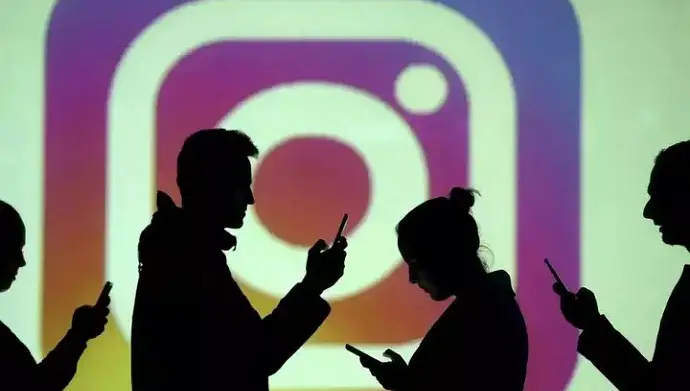
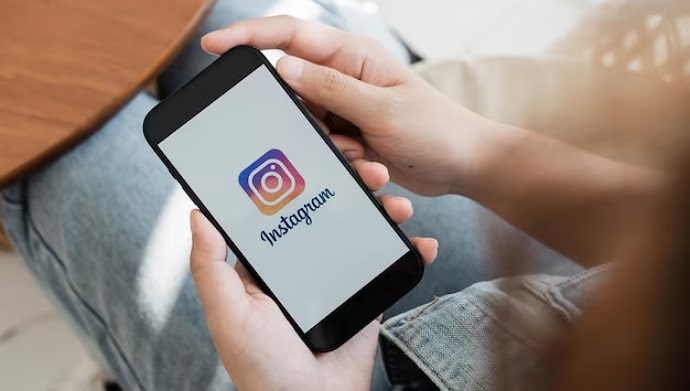
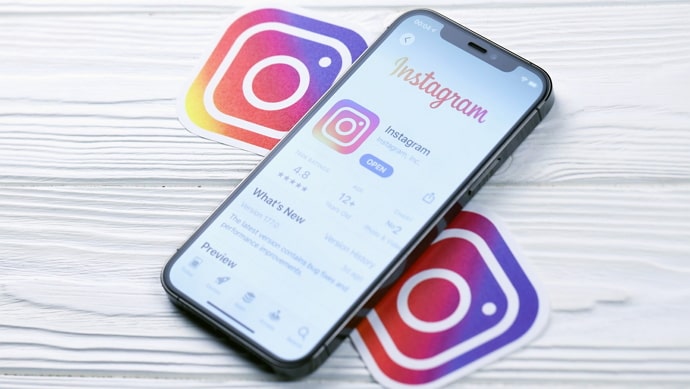
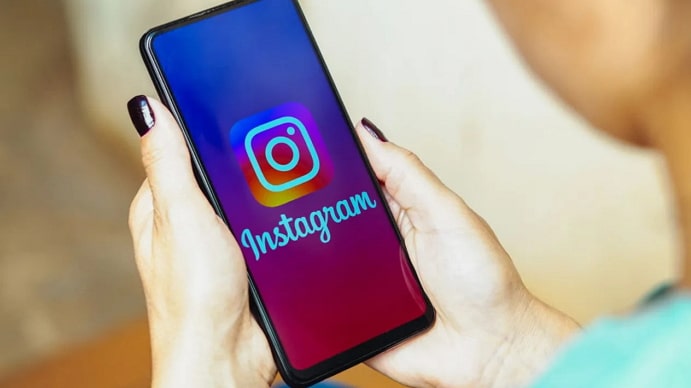
 Bitcoin
Bitcoin  Ethereum
Ethereum  Tether
Tether  XRP
XRP  Solana
Solana  USDC
USDC  Dogecoin
Dogecoin  TRON
TRON  Cardano
Cardano